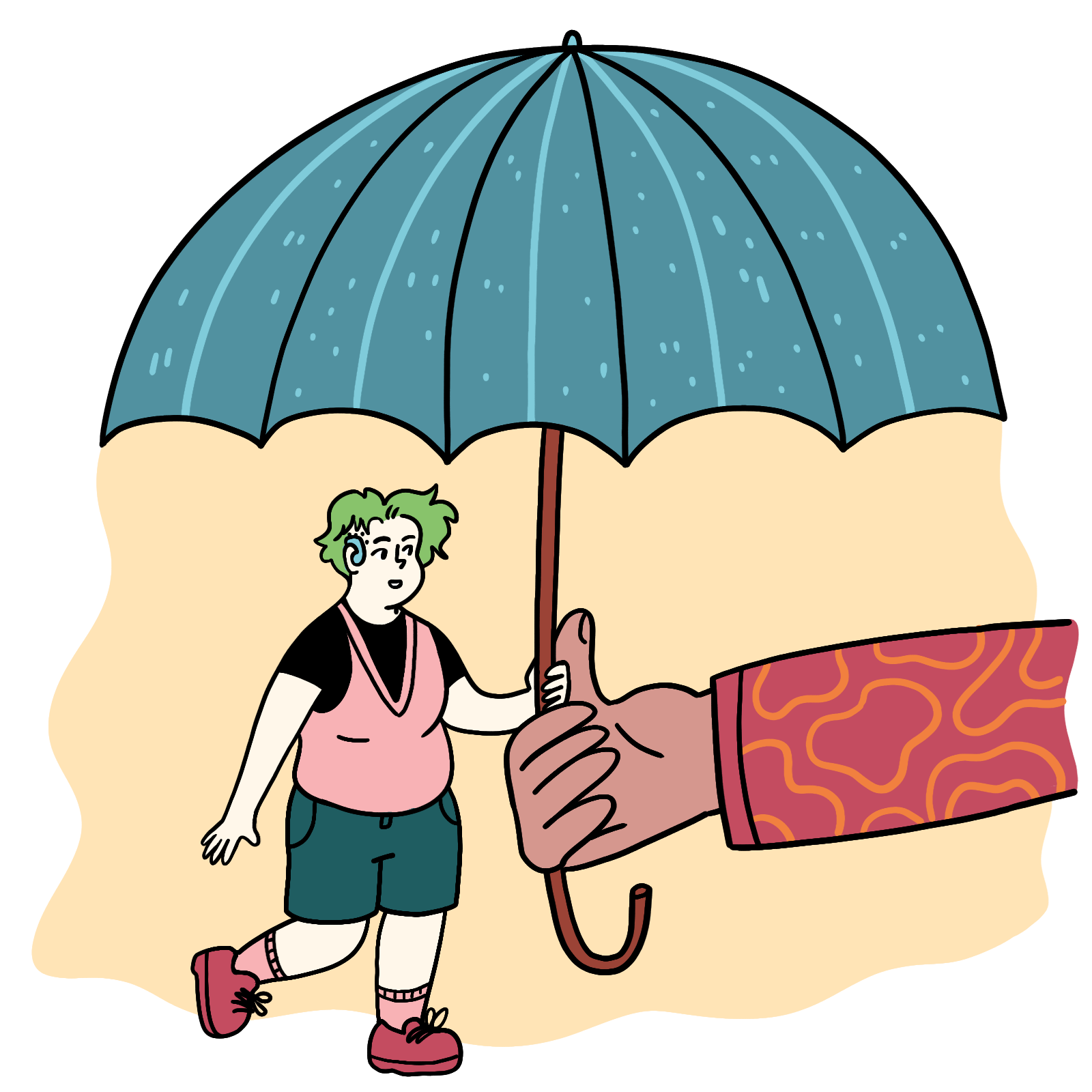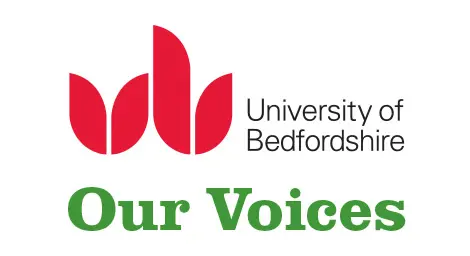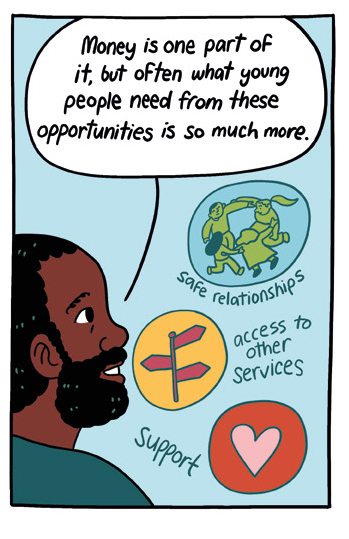Any engagement with children and young people poses potential risks. Some of the potential concerns when working with children and young people who have experienced childhood sexual violence specifically include:
- Triggering and re-traumatisation
- Being identified as a victim/survivor to others (and the stigma and risks attached to this)
- Interfering in live legal cases pertaining to the abuse
- Threat of retaliation from family, friends or perpetrators.
Participatory projects and activities with children and young people who have experienced childhood sexual violence involve a level of risk and ‘uncertainty’ (whereby there is potential for positive and negative outcomes). However, if we do not involve young survivors, we risk not understanding their experiences, needs and ideas.
Rather than preventing opportunities for participation, adults involved in this work must understand, anticipate and put in place plans to manage and mitigate potential risks.
Rather than preventing opportunities for participation, adults need to consider these issues upfront to ensure children and young people’s engagement is appropriately planned, facilitated and supported.
Organisations will have different approaches to doing this. It is important to invest the time to consider your and your team's comfort levels and capacities to engage with and mitigate different dimensions of risk.
An important stage is discussing with all partners involved the:
- potential risks and challenges of involving children and young people
- the benefits and opportunities for children and young people; and
- the risks of not involving children and young people
Once potential risks and challenges have been identified, it can be helpful to develop a ‘live’ risk register that captures these and includes strategies that can be taken to address and minimise them.
It will also be necessary to engage in conversations about risks, needs and benefits when recruiting individual children and young people into the project as everyone’s situation and circumstances will differ (see section 4: recruiting children and young people).
|
Consultation summary: Thinking about risks and benefits with Youth Advisors during the original Our Voices Consultations
The balance between risk and opportunity can be viewed as a barrier to participation. In a consultation with 47 children and young people (42 female and 5 male), when asked about potential barriers that may prevent young people from getting involved in actions to address childhood sexual violence, they listed a number of issues including:
- Having to re-live experiences and feeling re-traumatised
- Participation causing stigma or embarrassment for the young people
- Fear of perpetrators finding out
- Not having the right information or having previously had a bad experience when engaging in projects
- Not having the necessary resources and training to carry out the activities
- The project or activity not feeling organised and 'official'.
Read more about these consultations in 'They don't talk about it enough'.
|
It will be important to talk to children and young people, and depending on their age and circumstance, parents or carers about the potential risks and benefits involved in project participation (see section 4: recruiting children and young people). It will also be necessary to revisit and rethink these issues throughout the project (see section 6: doing).
However, it is also important during the initial planning stage to discuss approaches to some of these potential risks as a team.
|
Talking about triggering
A trigger is something that causes someone to feel upset or distressed because they are made to remember something bad that has happened to them in the past.
Being triggered can be very distressing. A discussion about sexual violence or encountering certain situations, events or sensations may (re)trigger flashbacks or trauma associated with sexual violence. Young survivors may feel they are re-living these traumatic experiences. Different people may be triggered by different things because everyone is an individual with unique experiences.
Fear of triggering is one of the most commonly cited reasons for why young people who have experienced childhood sexual violence are not invited to engage in projects and activities.
Frontline partners supporting young people can be acutely aware of this risk and they, understandably, are likely to have concerns about how this can be mitigated and managed in the project design phase.
Our research that explored outcomes related to participation and protection showed a range of experiences and views on this topic.
The majority of participants agreed that involving children and young people in participatory group work is a risk because they may be triggered during activities and/or find the experience emotionally draining.
Other participants (both professionals and young experts) held the view that the risk of being triggered wasn’t necessarily a reason to withhold participation opportunities, and that – so long as the right support structures are in place – participation activities provide a space in which triggering can be safely managed.
Participants expressed that while being triggered may be difficult at the time, it can play an important part of healing and recovery. Participants explained that being triggered:
- might expose them to information or provide them with a new understanding that is helpful for them to process and understand what happened to them
- can provide them with support to understand what their triggers are and how to cope with them
- can help to allay feelings of self-blame associated with their experiences of abuse
- is a risk they are prepared to take if they are involved in something that makes a difference and contributes to change.
In discussing the potential for triggering with all involved it can be helpful to consider these perspectives, acknowledge that the risk of triggering cannot be eliminated and discuss actions that can be taken to mitigate the risk.

Read more on this issue in our Comic on 'Triggering'
|
|
Public identity disclosure
Participants in our research acknowledge that having an identity linked to painful experiences also comes with potential risks and challenges and that young survivors should not have to publicly disclose personal experiences in order to contribute to different initiatives.
Although this may often be thought about nearer the end during activities and events (see section 6: doing), thinking about the framing and language of the project is something that matters at the start.
This includes thinking about the name of the project, the logo, the description of the project and how young people involved will be described and referred to e.g. young people with lived experience, young researchers, youth advocates etc.(see section 4: recruiting children and young people for more considerations on this).
Read more on this issue in our Comic on 'Public Identity Disclosure'.
|
|
Interfering in live legal cases pertaining to the abuse
Sometimes young people are not approached about opportunities to take part in research or activities, if a legal (or civil) investigation pertaining to the abuse is ongoing.
There can be concerns that their participation may interfere with or jeopardise the case in some way. For example, there can be fears that the confidentiality of the research might be at risk if the research data was made available to legal teams or police and then used to undermine the case (or civil claim).
There can also be concerns that a young person’s participation may discredit their claim for compensation.
Practitioners can also be concerned about a young person’s ‘readiness’ to take part in research or other activities while the case is live and the emotional distress this might cause. These concerns are understandable – though do not automatically preclude a young person from taking part.
Practitioners and researchers should be open to discussing concerns, risks and possibilities relating to this. Being clear about consent and confidentiality and the scope of the research activity can support these conversations.
Sometimes practitioners may even wish to seek legal advice (if in contact with the investigation team). It may be that for different reasons it isn’t appropriate for a young person to take part in such activities until criminal proceedings have concluded, but this shouldn’t necessarily be the default position or a reason to not explore the potential for their involvement.
|
|
Threat of retaliation from family, friends or perpetrator
Sometimes young people (and their workers) can be uneasy about taking part in research or other activities relating to sexual violence for fear of retaliation from family members, friends, the perpetrator, and/or their wider community.
Retaliation can take all different forms. For example, families of young people may see their participation in activities as ‘bringing shame’ on the family and may want to prevent or punish them for their participation. Retaliation from friends or peers can also take the form of bullying and social isolation, or there can be direct threats or intimidation from the perpetrator if they find out the young person is taking part in work on this topic. The potential for retaliation and associated risks is therefore a concern that requires attention and discussion prior to involving young people in participatory activities.
Risks and needs assessments should make space to discuss this and consider any support plans that may be needed. Special attention should be given to anonymity and confidentiality and not sharing any identifying information that could place the young person at risk.
|







